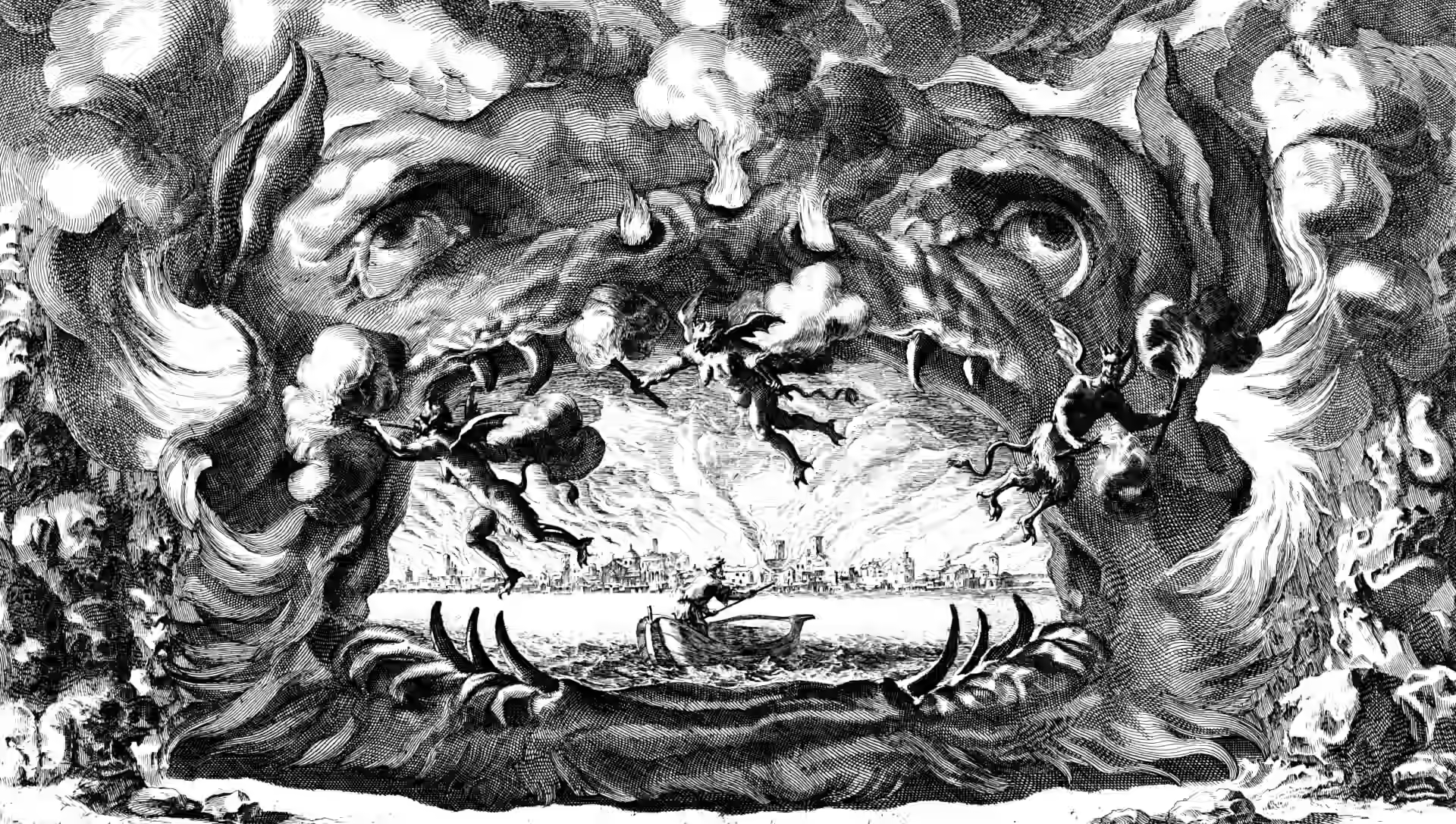The levels of simulacra
December 17, 2018 — April 7, 2022
adaptive
collective knowledge
economics
ethics
evolution
game theory
language
networks
semantics
sociology
Suspiciously similar content
Zvi Mowshowitz explains some interesting models of communication, in terms of truth-values of statements. Because he is, er, loquacious, it helps to have shorter versions of his posts to refer to. Which I might write here.
Original: Zvi Mowshowitz on simulacra and subjectivity:
[…]what it means to say “There’s a lion across the river”:[…]
- Level 1
- There’s a lion across the river.
- Level 2
- I don’t want to go (or have other people go) across the river.
- Level 3
- I’m with the popular kids who are too cool to go across the river.
- Level 4
- A firm stance against trans-river expansionism focus-grouped well with undecided voters in my constituency.
Or alternatively, and isomorphic to the Lion definition, from my previous simulacra post:
“There’s a pandemic headed our way from China” means…
- Level 1
- “There’s a pandemic headed our way from China.”
- Level 2
- “I want you to act as if you think there might be a pandemic on our way from China” while hoping to still be interpreted by the listener as meaning “There’s a pandemic headed our way from China.”
- Level 3
- “I wish to associate with the group that claims there is a pandemic headed our way from China.”
- Level 4
- “It is advantageous for me to say there is a pandemic headed our way from China.”
We can think of this as a kind of shading from pure discussion of the world-as-it-is to conflict-theoretic manoeuvring, perhaps.
Related:
- the high price of cheap talk
- Constructing myths.
- Is language even symbolic?
